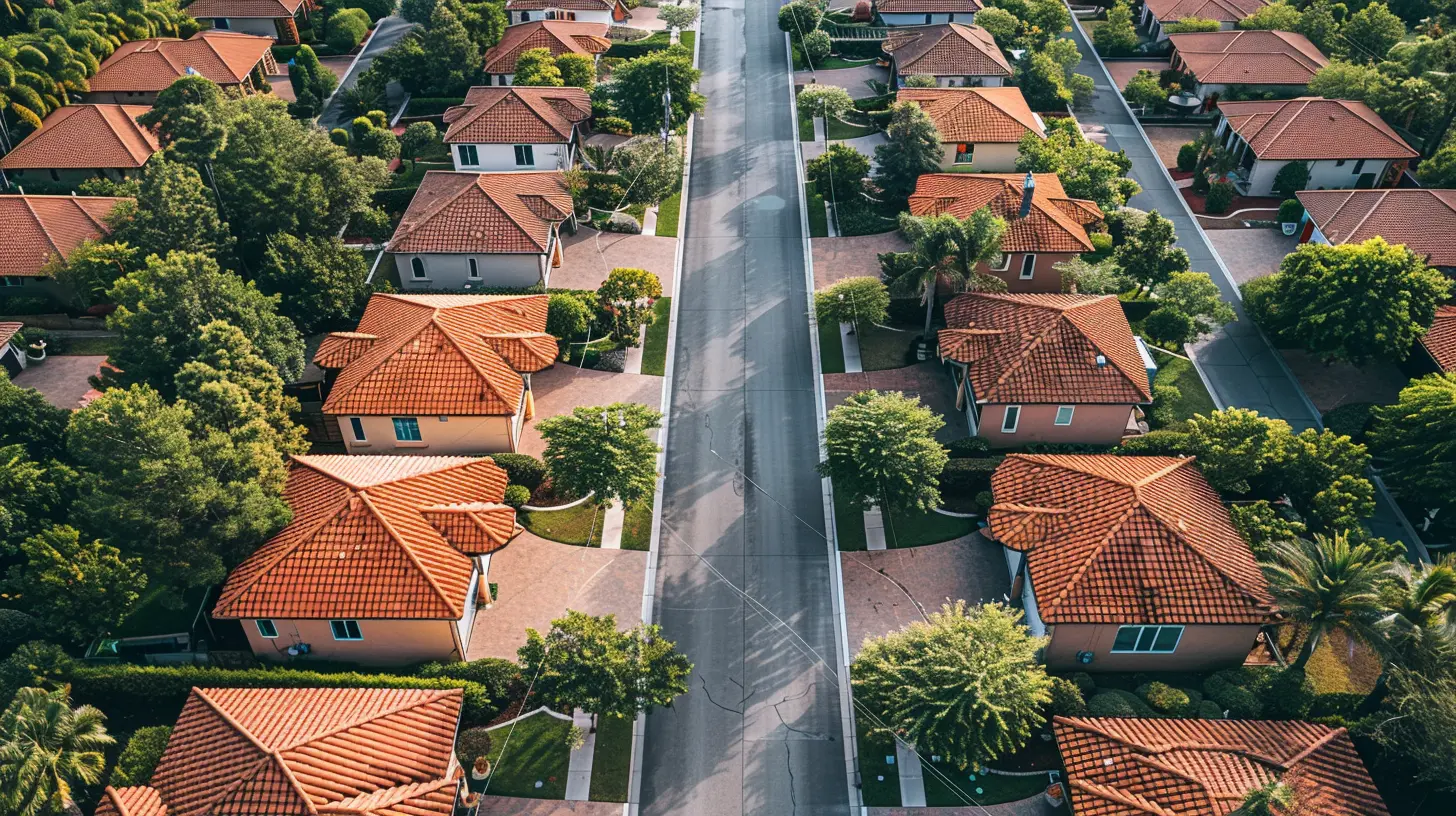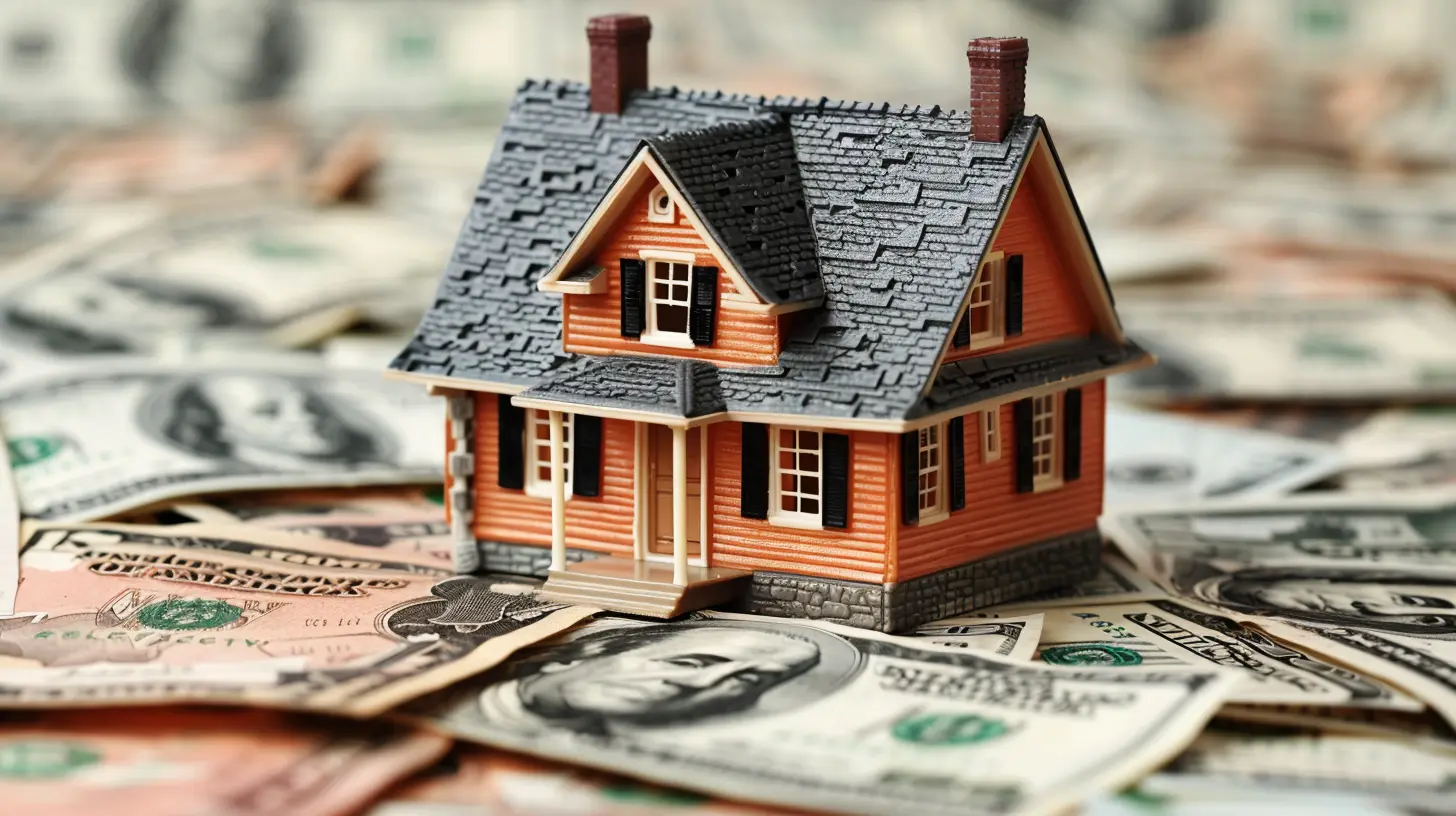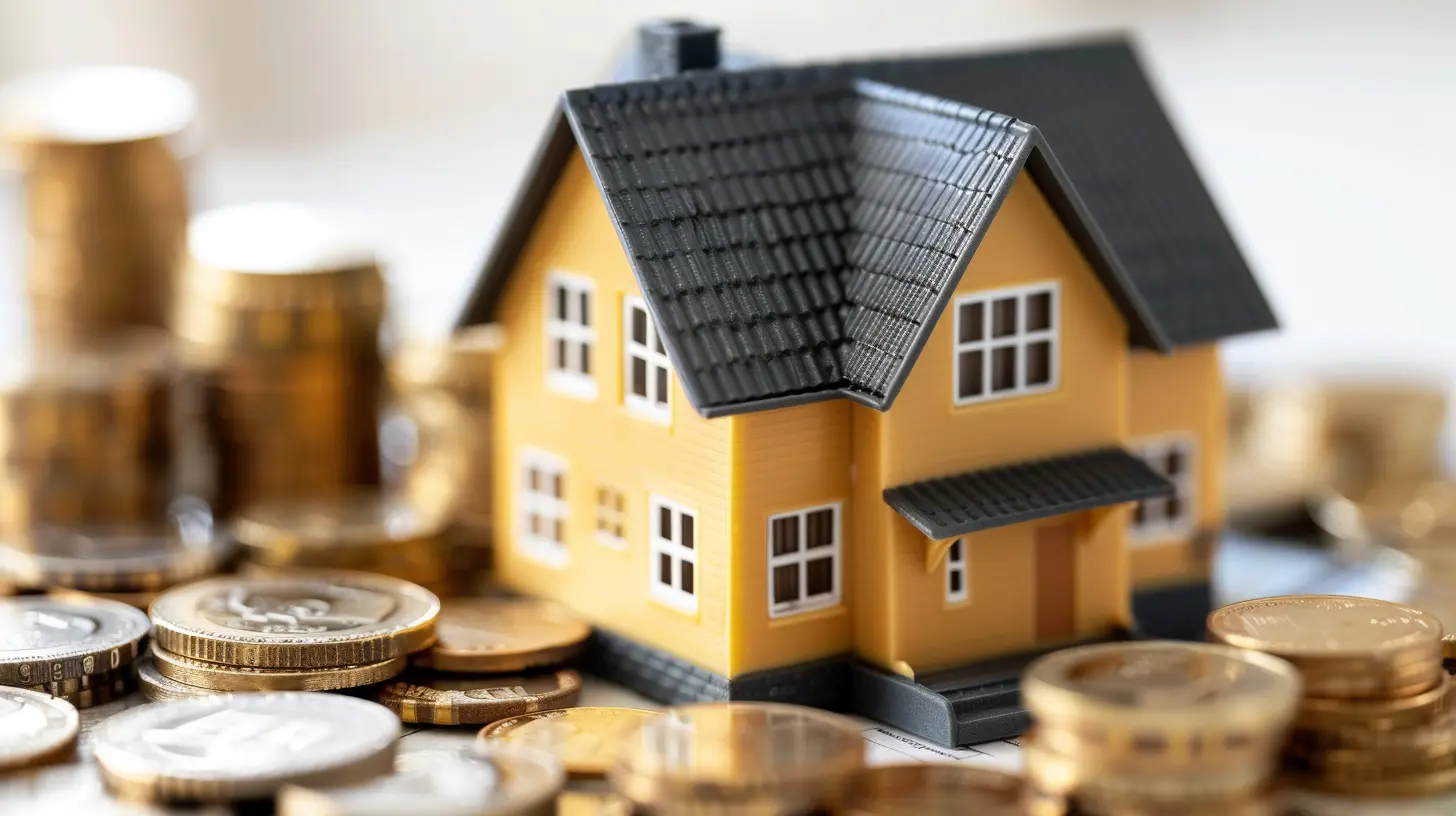18 January 2025
So, you're thinking about flipping houses, huh? Maybe you've been binge-watching HGTV or scrolling through Instagram, eyeing those “before and after” photos of transformed homes, dreaming about raking in the big bucks. Flipping houses can absolutely be a profitable venture, but let’s not sugarcoat it—it can also turn into a financial nightmare if you don’t know what you’re doing. Don’t worry, though; I’ve got you covered!
In this guide, we’ll dive deep into the ins and outs of flipping houses with minimal risk. I’ll walk you through the must-knows, the mistakes to avoid, and actionable strategies to maximize your chances of success. Ready to roll up your sleeves? Let’s do this! 
What Does It Mean to Flip a House?
First things first, let’s clear up what house flipping actually involves. At its core, house flipping is all about buying a property, fixing it up, and selling it for a profit. Sounds simple enough, right? Well, here’s the kicker: the devil is in the details.Flipping isn’t just about slapping on a fresh coat of paint and calling it a day. You’re looking at deep renovations, market research, and crunching numbers to ensure your investment pays off. But the trick is to do all this while minimizing your risk. After all, the goal is to make money, not drain your bank account. 
Why New Investors Should Start Small
Here’s the deal: flipping houses can be overwhelming, especially if you’re just starting out. You might feel tempted to go big or aim for a flashy property on your first try. Don’t. Start small and manageable. Imagine trying to run a marathon without any training—you’re setting yourself up for failure.Instead, look for properties that require only cosmetic repairs (think paint jobs, modern fixtures, or landscaping) rather than complete gut renovations. These are often referred to as “light flips” and are a great way to dip your toes in the water without drowning in high costs or construction mishaps. 
The Key to Finding the Right Property
You might be wondering, “Okay, but how do I actually find a property that’s worth flipping?” Good question! Finding the right property is half the battle. Here’s what to keep in mind:1. Location, Location, Location
This one’s a no-brainer! A great location can make or break your flip. Look for properties in up-and-coming neighborhoods, areas with good schools, or locations close to amenities like parks and shopping centers. Think about it—buyers love convenience, and you should, too.2. Research Market Trends
Before you buy, dig into comparable sales (a.k.a. "comps") in the area. Are similar homes selling quickly? What’s the average selling price? If the market is hot, you’re more likely to sell your flip fast.3. Check for Deal Potential
Just because a property is cheap doesn’t mean it’s a good deal. Analyze whether the purchase price, renovation costs, and potential resale value leave enough room for profit. A general rule of thumb? The 70% Rule. Your total investment (purchase price + renovations) should be no more than 70% of the home’s after-repair value (ARV).
Minimizing Financial Risk
When it comes to flipping houses, minimizing your financial risk is key. No one wants to end up in a money pit! Here are some tried-and-true strategies to keep your wallet safe:1. Set a Realistic Budget (and Stick to It!)
It’s easy to overspend when you’re caught up in making a house look like a Pinterest board. To avoid this, set a strict budget for both the purchase and renovation costs. And whatever you do, include a cushion for unexpected expenses—trust me, they’ll come up.2. Get Pre-Approved for Financing
Unless you’re sitting on a pile of cash (lucky you!), you’ll need financing. Research loan options like hard money loans or HELOCs (Home Equity Line of Credit) and get pre-approved to speed up the buying process.3. Partner with Professionals
Don’t try to DIY everything, especially if you’re new to this. Partner with reputable contractors, real estate agents, and inspectors who know the game. Hiring the right team can save you time, money, and headaches.4. Insure Your Investment
Have you ever heard the phrase “hope for the best, prepare for the worst”? That’s exactly what you should do. Get proper homeowners’ insurance and even builder's risk insurance if you’re diving into larger renovations.Smart Renovation Tips for Newbies
Here’s where a lot of new house flippers trip up—they go overboard with the renovations. Don’t fall into this trap! Remember, you’re not designing your dream home; you’re creating a marketable space.1. Focus on High-ROI Upgrades
Some upgrades give you more bang for your buck than others. Focus on things like kitchen and bathroom remodels, new flooring, and fresh paint. Skip the fancy stuff like luxury chandeliers or built-in fish tanks (unless that’s a big trend in your area).2. Don’t Underestimate Curb Appeal
First impressions matter! Simple fixes like landscaping, a new front door, or a freshly painted exterior can go a long way in attracting buyers.3. Stick to Neutral Designs
As tempting as it may be to add your personal design flair, stick to neutral colors and timeless finishes. You want your property to appeal to the widest possible audience.Selling Your Flip: Maximize Your Profit
Okay, so the renovations are done. Now what? It’s time to sell and, hopefully, cash in on your hard work. Here’s how to do it right:1. Price It Right
An overpriced home will sit on the market, while an underpriced one could leave money on the table. Work with a real estate agent to determine the sweet spot for your listing price.2. Stage the Property
Staging can make a world of difference. It helps potential buyers visualize themselves living in the home, which can lead to quicker sales and higher offers.3. Market Like a Pro
Use professional photos, social media, and listing sites to showcase your property. The more eyes on your flip, the better your chances of selling quickly.Common Mistakes to Avoid
Flipping houses may sound like glamor and glitz, but it’s not all smooth sailing. Here are some mistakes rookies make—and how to steer clear of them:- Underestimating Costs: Always budget more than you think you’ll need. Surprises (like faulty wiring or plumbing issues) are almost guaranteed.
- Skipping Inspections: Don’t buy a house without a thorough inspection. Hidden issues can turn your profit into a loss.
- Over-Improving: Remember, it’s about ROI—not competing to be on the cover of Architectural Digest.
- Not Having a Backup Plan: What if the house doesn’t sell quickly? Be prepared to rent it out or hold onto it longer than expected.
Final Thoughts: Jump In, But Be Smart
Flipping houses can be an exciting and rewarding venture, but it’s not something you should rush into blindly. Do your homework (like you’re doing right now), start small, and take calculated risks. Remember, every successful investor started where you are—nervous but eager.So, what’s stopping you? Get out there, find that first property, and start flipping with confidence. Who knows? A few flips from now, you might just be the one giving advice to rookies like yourself!











Judith Patel
Great tips for beginners to minimize risks in flipping!
March 30, 2025 at 8:57 PM